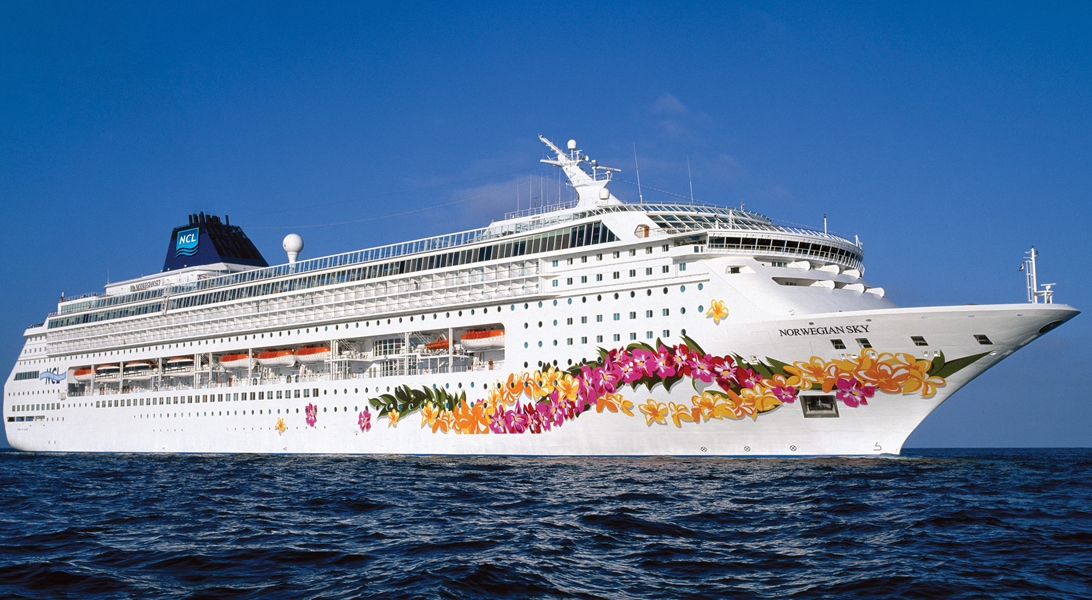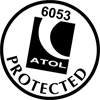| | | | | Arrive | Depart |
| 5th05 | JanJan | 202626 | La Romana, Dominican Republic, embark on the Norwegian Sky | | 16:00 |
Neither pretty nor quaint, La Romana has a central park, an interesting market, a couple of good restaurants, banks and small businesses, a public beach, and Jumbo, a major supermarket. If you are staying for a week or more you may want to buy a Dominican cell phone at Jumbo. It’s a mere $20 for a basic one, plus minutes. It can save you untold money if you'll be making local calls from your hotel/resort. It is, at least, a real slice of Dominican life. Casa de Campo is just outside La Romana, and other resorts are found in the vicinity of nearby Bayahibe. Although there are now more resorts in the area, this 7,000-acre luxury enclave put the town on the map. Casa de Campo Marina, with its Mediterranean design and impressive yacht club and villa complex, is as fine a marina facility as can be found anywhere; the shops and restaurants at the marina are a big draw for all tourists to the area. |
| 6th06 | JanJan | 202626 | Cabo Rojo, Dominican Republic | 08:00 | 15:00 |
| 7th07 | JanJan | 202626 | Oranjestad, Aruba | 11:00 | 20:00 |
Aruba's capital is easily explored on foot. Its palm-lined central thoroughfare runs between old and new pastel-painted buildings of typical Dutch design (Spanish influence is also evident in some of the architecture). There are a lot of malls with boutiques and shops—the Renaissance mall carries high-end luxury items and designer fashions. A massive renovation in downtown has given Main Street (a.k.a. Caya G. F. Betico Croes) behind the Renaissance Resort a whole new lease on life: boutique malls, shops, and restaurants have opened next to well-loved family-run businesses. The pedestrian-only walkway and resting areas have unclogged the street, and the new eco-trolley is free and a great way to get around. At this writing, Linear Park was well and will showcase local merchants and artists. There will be activities along a boardwalk that will eventually run all the way to the end of Palm Beach, making it the longest of its kind in the Caribbean. |
| 8th08 | JanJan | 202626 | At Sea | | |
| 9th09 | JanJan | 202626 | Kralendijk, Bonaire | 06:00 | 14:30 |
| 10th10 | JanJan | 202626 | Saint George's, Grenada | 12:15 | 20:00 |
Nutmeg, cinnamon, cloves, cocoa those heady aromas fill the air in Grenada (pronounced gruh-nay-da). Only 21 miles (33½ km) long and 12 miles (19½ km) wide, the Isle of Spice is a tropical gem of lush rain forests, white-sand beaches, secluded coves, exotic flowers, and enough locally grown spices to fill anyone's kitchen cabinet. St. George's is one of the most picturesque capital cities in the Caribbean, St. George's Harbour is one of the most picturesque harbors, and Grenada's Grand Anse Beach is one of the region's finest beaches. The island has friendly, hospitable people and enough good shopping, restaurants, historic sites, and natural wonders to make it a popular port of call. About one-third of Grenada's visitors arrive by cruise ship, and that number continues to grow each year. Grenada's capital is a bustling West Indian city, much of which remains unchanged from colonial days. Narrow streets lined with shops wind up, down, and across steep hills. Brick warehouses cling to the waterfront, and pastel-painted homes rise from the waterfront and disappear into steep green hills. The horseshoe-shaped St. George's Harbour, a submerged volcanic crater, is arguably the prettiest harbor in the Caribbean. Schooners, ferries, and tour boats tie up along the seawall or at the small dinghy dock. The Carenage (pronounced car-a-nahzh), which surrounds the harbor, is the capital's center. Warehouses, shops, and restaurants line the waterfront. The Christ of the Deep statue that sits on the pedestrian plaza at the center of The Carenage was presented to Grenada by Costa Cruise Line in remembrance of its ship, Bianca C, which burned and sank in the harbor in 1961 and is now a favorite dive site. An engineering feat for its time, the 340-foot-long Sendall Tunnel was built in 1895 and named for Walter Sendall, an early governor. The narrow tunnel, used by both pedestrians and vehicles, separates the harbor side of St. George's from the Esplanade on the bay side of town, where you can find the markets (produce, meat, and fish), the Cruise Ship Terminal, the Esplanade Mall, and the public bus station. |
| 11th11 | JanJan | 202626 | Bridgetown, Barbados | 08:00 | 17:00 |
Located beside the island’s only natural harbour, the capital of Barbados combines modern and colonial architecture with glorious palm tree-lined beaches and a number of historical attractions. Experience the relaxed culture of the city renowned for its British-style parliament buildings and vibrant beach life, and seek out the Anglican church and the 19th-century Barbados Garrison. The distance between the ship and your tour vehicle may vary. This distance is not included in the excursion grades. |
| 12th12 | JanJan | 202626 | Castries, Saint Lucia | 07:00 | 14:00 |
The typical image of a lush tropical paradise comes to life on the friendly island of St Lucia. Despite its small size – just 27 miles long and 14 miles wide – St Lucia is rich in natural splendour with dense emerald rainforest, banana plantations and orchards of coconut, mango and papaya trees. The twin peaks of Les Pitons, now a UNESCO World Heritage Site rise dramatically 2,000 feet into the sky and dominate the island. Look out for unusual birds with brilliant plumage such as the St Lucia parrot, see a surprising diversity of exotic flora and enjoy the warm hospitality of the islanders in the small villages and open-air markets. Please be aware that St Lucia is a small, mountainous island, with steep, winding and bumpy roads. Customers with back and neck problems should take this into consideration when booking an excursion. |
| 13th13 | JanJan | 202626 | Road Town, Tortola, British Virgin Islands | 09:00 | 14:30 |
| Road Town, located on Tortola, is the capital and largest town of the British Virgin Islands. It is situated on the horseshoe-shaped Road Harbour in the centre of the island's south coast |
| 14th14 | JanJan | 202626 | La Romana, Dominican Republic, disembark the Norwegian Sky | 07:00 | |
Neither pretty nor quaint, La Romana has a central park, an interesting market, a couple of good restaurants, banks and small businesses, a public beach, and Jumbo, a major supermarket. If you are staying for a week or more you may want to buy a Dominican cell phone at Jumbo. It’s a mere $20 for a basic one, plus minutes. It can save you untold money if you'll be making local calls from your hotel/resort. It is, at least, a real slice of Dominican life. Casa de Campo is just outside La Romana, and other resorts are found in the vicinity of nearby Bayahibe. Although there are now more resorts in the area, this 7,000-acre luxury enclave put the town on the map. Casa de Campo Marina, with its Mediterranean design and impressive yacht club and villa complex, is as fine a marina facility as can be found anywhere; the shops and restaurants at the marina are a big draw for all tourists to the area. |

